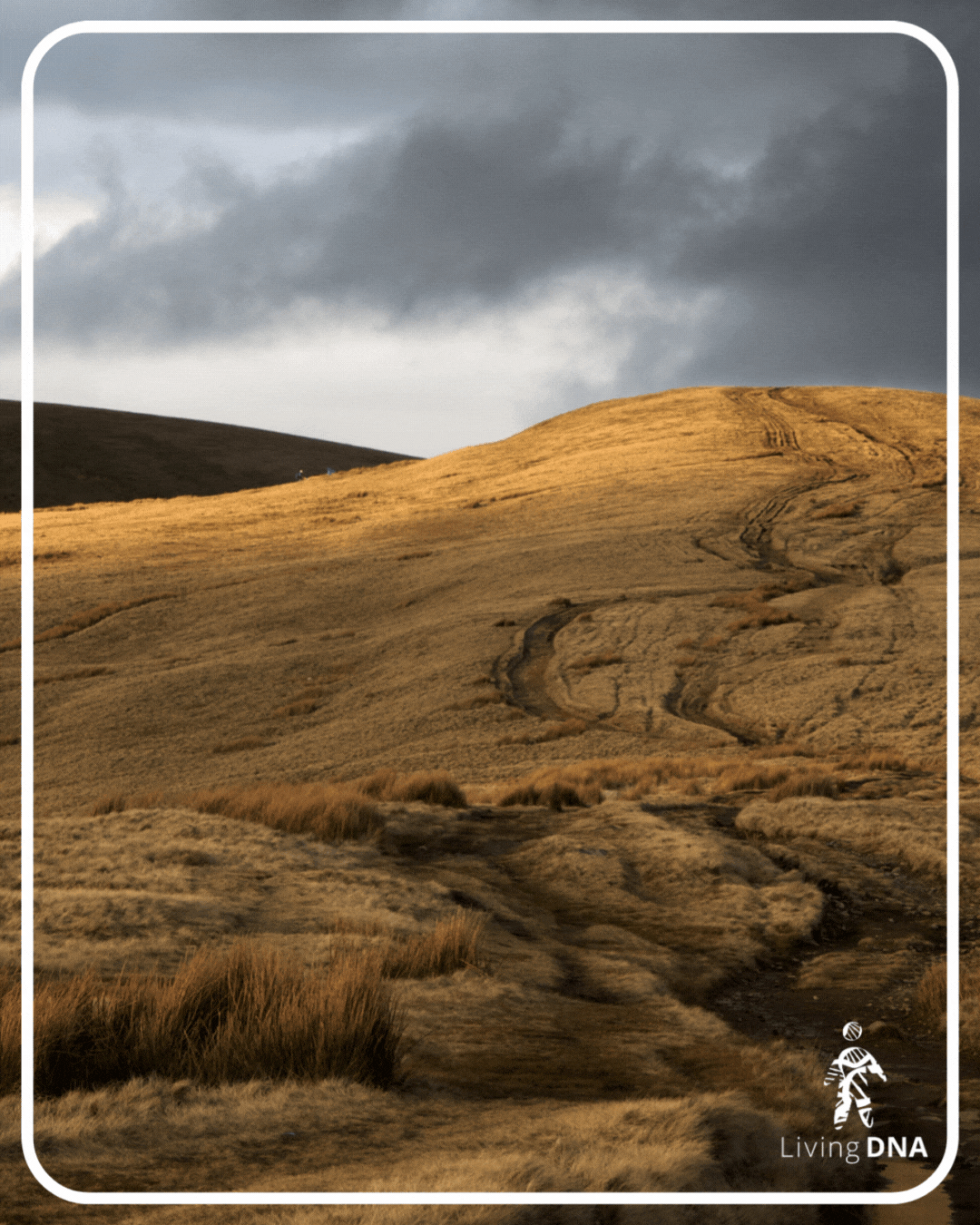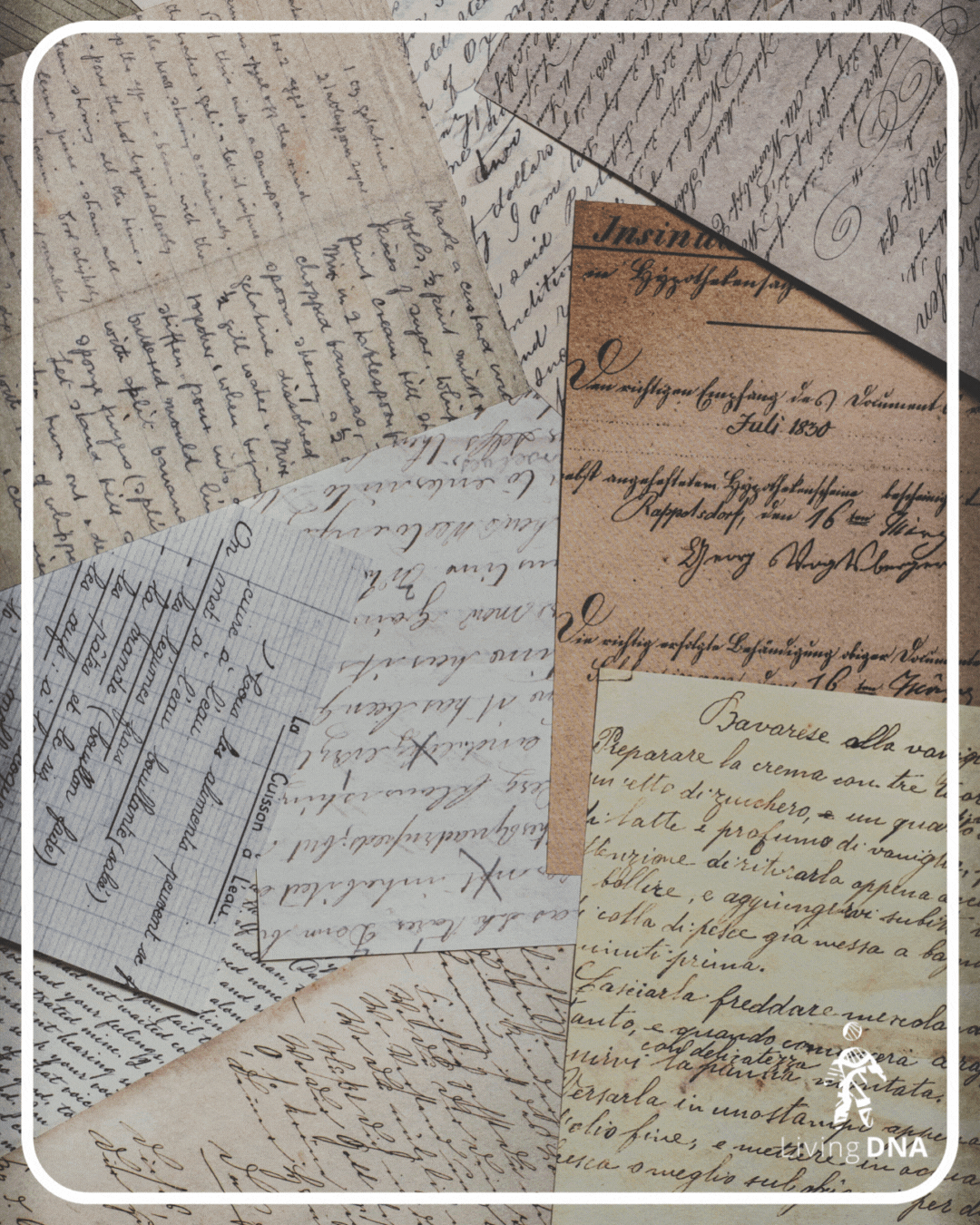The witch trials of Europe, the British Isles, and colonial America popular in stories from Macbeth to Hocus Pocus were not originally the stuff of fiction. They were very real, and they touched the lives of thousands. People were accused of witchcraft for a multitude of reasons, whether the accusers believed in their guilt or not, their stories survive in the dry records of courts and the whispers of local folklore. Some were property owners, some were healers, some were children. All became part of history’s dark page. Many of the surnames of the people involved in the trials survive to this day, while others have been lost to time. This Halloween, why not see if the legacy of these events appears in your own family tree?
The Pendle Witches

In 1612, a series of witch trials in Lancashire led to the execution of ten individuals. Among them was Alice Nutter, a landowner in her forties who was accused of witchcraft and hanged. Her case stands out due to her status as a property-owning woman in a society where such positions were rare for women. Alizon Device, a teenager of about 14, reportedly encountered a black dog that offered her power in exchange for her soul. Shortly after, she met a pedlar named John Law, and after being denied some pins she muttered under her breath. Only a few paces away, Law fell, paralysed. She was accused of witchcraft and, apparently convinced of her own powers by the incident, she confessed and implicated a number of other members of her own family.
Anne Whittle, known as Chattox, was an elderly woman in her seventies. She was accused of using witchcraft to cause harm and was executed alongside her daughter, Anne Redferne, who was in her thirties. A pivotal figure was Jennet Device, a nine-year-old girl whose testimony against her family led to the execution of her mother, Elizabeth Southerns, her brother James Device, and her sister Alison Device. Jennet's role was crucial in the convictions, and historical records suggest a woman of the same name appeared in later trials, raising the possibility she was accused herself in adulthood.
Elsewhere in the British Isles
In St Osyth, Essex, Ursula Kemp was a midwife and so-called cunning woman often called upon by neighbours in need of remedies. When illness struck, suspicion turned on her, and she was accused of using familiars, animals believed to assist witches, and of causing sickness or death. Her young son’s testimony was used in the trial. Ursula was hanged that year, showing how healers and socially vulnerable individuals could become targets in a climate of fear.
In East Lothian, Scotland, Isobel Elliot, born around 1651, was executed on 20 September 1678 at Peaston near Ormiston. She was accused of entering into a pact with the Devil, flying in the form of a bee, and attending gatherings with malevolent figures. Though a servant, she faced the same machinery of accusation, trial, and execution as others in more prominent communities.
The Brutality of the German Trials
Germany experienced some of the most intense witch hunts in Europe. Among the most notorious were the trials in Bamberg, Fulda, and Trier, which claimed hundreds of lives and left a lasting mark on the communities involved. The Bamberg witch trials, between 1626 and 1631, occurred under Prince-Bishop Johann Georg Fuchs von Dornheim, who sought to consolidate power and reinforce Catholic authority during the Counter-Reformation. Approximately 900 individuals were executed, including Johannes Junius, the mayor of Bamberg, who was accused of witchcraft after his wife’s execution. Despite his high social status, he was tortured and executed. Christina Morhaubt, the wife of a city councillor, confessed under torture and implicated several prominent citizens, including her son, highlighting the indiscriminate nature of the accusations. A prison called the Drudenhaus was built to house the growing number of accused individuals, demonstrating the scale of the persecution.
The Fulda witch trials, initiated by Prince-Abbot Balthasar von Dernbach between 1603 and 1606, resulted in the execution of approximately 250 individuals, many unnamed and only visitors to the region. Merga Bien, accused in 1603, became a notable victim. Extreme torture was used to force confessions, including against her family. Despite her husband’s protests and claims that she was pregnant, she was executed, showing the brutal and relentless nature of the trials. The Fulda persecution was often fueled by religious and political motives, targeting anyone perceived as a threat to the Catholic faith. The trials ended following the death of the Prince-Abbot, but the climate of fear and suspicion endured in the region. The Trier witch trials, between 1587 and 1593, involved accusations against hundreds, including priests and other socially prominent individuals. The intensity of the trials demonstrated how fear could spread through all levels of society, with accusations often fueled by personal vendettas or political ambitions. Victims included Johann Flade, a priest, and numerous women accused of using maleficium to harm others.
Salem, Massachusetts
In 1692, Salem Village, Massachusetts, became the epicenter of one of the most infamous episodes in American colonial history. What began as a series of peculiar behaviors among a group of young girls escalated into a full-blown witch hunt fueled by superstition, personal vendettas, and societal tension. The majority of the accused were women, many marginalised by age, social standing, or personality. Sarah Good, a beggar, and Sarah Osborne, an elderly woman who had missed church services, were among the first accused. Later, even respected figures such as Martha Corey were accused because of their skepticism about the trials. Giles Corey, an 80-year-old farmer, was pressed to death for refusing to enter a plea. Heavy stones were placed on his chest over two days until he died, reportedly saying "more weight." His refusal meant his estate passed to his family rather than being seized by authorities. The initial accusations were made by girls including Betty Parris and Abigail Williams, whose claims were taken seriously by the community and authorities. Pressure to confess often led the accused to implicate others, fuelling a wave of hysteria. In total, 20 people were executed, and many others imprisoned or ruined. Eventually, public opinion turned, and Governor William Phips halted the trials, declaring a day of fasting and reflection for the tragedy.
Tracing Witch-Trial Connections in Your Family Tree

If you suspect a link to the witch trials in your ancestry, there are several ways to begin exploring. Start by identifying where your ancestors lived during the 1500s to 1700s, as most European and colonial witch hunts took place within that period. Local archives, parish records, and online databases may hold baptism, marriage, and burial entries that reveal whether your relatives lived in regions associated with historic trials, such as Lancashire, Essex, East Lothian, Bamberg, or Salem Village.
Because spelling was inconsistent at the time, try searching for surname variations. A family named Nutter might also appear as Nothar, Nuttar, or Nuther in older records. The same applies to Device (sometimes Devis or Davies) and Whittle (found as Whittell or Whitel). Cross-checking these variations can help you uncover connections that might otherwise go unnoticed.
If your research leads you towards a possible witch-trial ancestor, seek out court transcripts or local histories. Some have been digitised, such as those from Pendle and Salem, while others may be preserved only in regional archives or academic publications. The details can be difficult to read, since confessions were often made under torture and accusations were sometimes given under pressure, but they offer an invaluable glimpse into the world your ancestors inhabited.
Even if you find no direct link, exploring the witch trials can still deepen your understanding of the social and cultural pressures your forebears lived through. Each accusation reflected the fears, inequalities, and beliefs of its time, and every family tree has its share of secrets waiting to be uncovered.
In the end, the people persecuted, tortured, and killed during the witch trials were real people, not just legends or characters from a story. They were widows, servants, midwives, landowners, and, perhaps most tragically of all, children. Alice Nutter managed her property, Alizon Device was a frightened teenager, Jennet Device was just nine and under the care of prosecutors when she testified against her family, and Giles Corey was an 80-year-old farmer who endured death by pressing. Isobel Elliot laboured as a servant, Johannes Junius was a city mayor, and Merga Bien faced execution despite her family’s protests. Each life shows the fear and suspicion that could upend an entire community and leave a mark that sometimes echoes down family lines even today.
